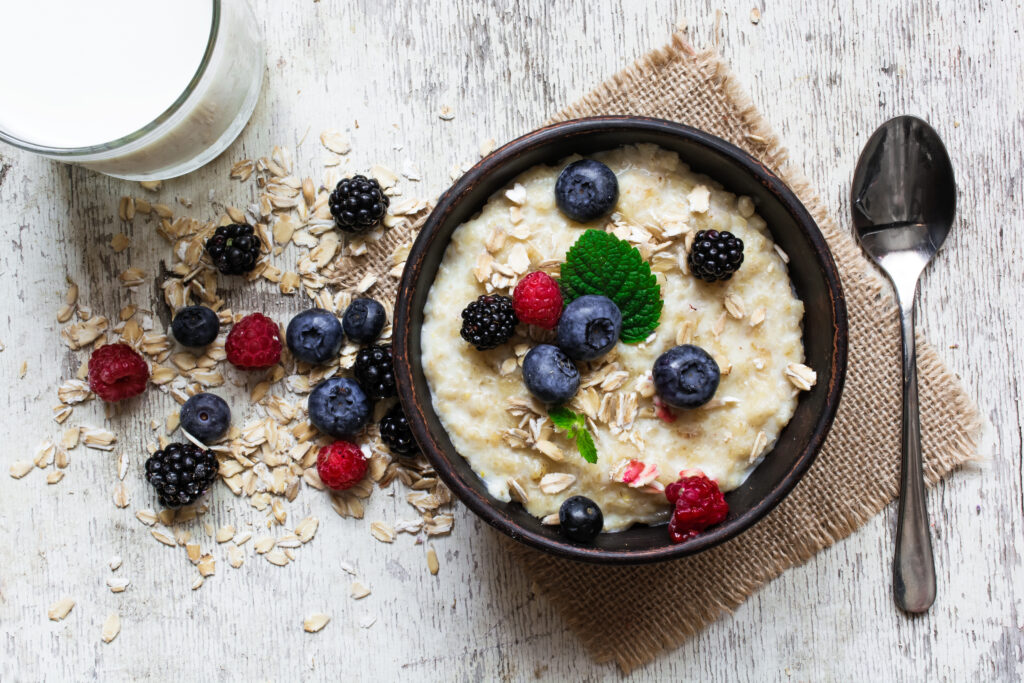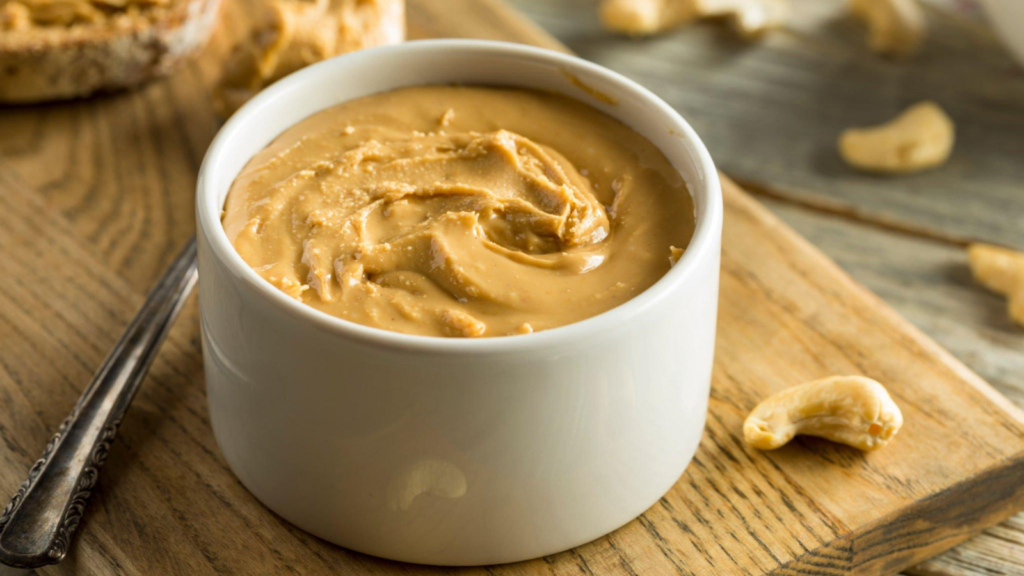Cream of Wheat, a popular breakfast choice, often raises the question: is cream of wheat healthy? This hot cereal, made from finely ground wheat, has been a staple in many households for generations. With its smooth texture and versatility, it can be enjoyed in various ways. However, understanding its health implications is crucial for making informed dietary choices. Let’s delve into the nutritional profile, health benefits, and considerations surrounding Cream of Wheat.
Nutritional Profile of Cream of Wheat
Cream of Wheat is primarily composed of carbohydrates, making it a quick source of energy. Here’s a breakdown of its nutritional content per serving (about 1 cup prepared with water):
| Nutrient | Value per Serving | % Daily Value |
|---|---|---|
| Calories | 149 | – |
| Total Fat | 1g | 1% |
| Saturated Fat | 0g | 0% |
| Cholesterol | 0mg | 0% |
| Sodium | 246mg | 11% |
| Total Carbohydrates | 32g | 11% |
| Dietary Fiber | 1g | 5% |
| Sugars | 0.2g | – |
| Protein | 4g | – |
| Calcium | 154mg | 15% |
| Iron | 12mg | 149% |
| Vitamin A | 559μg | 62% |
| Folate (B9) | 149μg | 37% |
Cream of Wheat is fortified with essential vitamins and minerals, including iron and calcium. This fortification helps to enhance its nutritional value, making it a more beneficial choice.
Health Benefits of Cream of Wheat
1. Energy Boosting
One of the primary benefits of Cream of Wheat is its ability to provide a quick energy boost. The high carbohydrate content translates into readily available energy, making it an excellent choice for breakfast or as a pre-workout meal.
2. Heart Health Support
Cream of Wheat contains dietary fiber that can help lower cholesterol levels. The fiber binds to cholesterol in the digestive system, promoting its excretion from the body. This process can contribute to improved heart health and reduced risk factors for heart disease[1][3].
3. Digestive Health
While not as high in fiber as whole grain cereals, Cream of Wheat does contain some fiber that aids in digestion. Fiber is essential for maintaining regular bowel movements and preventing constipation[3]. Additionally, the presence of prebiotics in whole grain varieties can promote gut health by nourishing beneficial bacteria.
4. Nutrient-Rich
The fortification of Cream of Wheat with vitamins and minerals makes it a nutrient-dense option. It provides significant amounts of iron, which is crucial for red blood cell production and preventing anemia. The B vitamins present in Cream of Wheat support energy metabolism and nervous system health[3][4].
Considerations When Consuming Cream of Wheat
While Cream of Wheat has numerous health benefits, there are also some considerations to keep in mind:
- Gluten Content: Cream of Wheat contains gluten, making it unsuitable for individuals with celiac disease or gluten sensitivities.
- Low Fiber Content: Compared to whole grain options, Cream of Wheat is lower in fiber. For those seeking higher fiber intake, whole grain cereals may be a better choice.
- Added Sugars: Some flavored varieties may contain added sugars or sodium. It’s essential to read labels carefully and opt for plain or low-sugar versions when possible.
Comparing Cream of Wheat to Other Breakfast Options
When evaluating whether cream of wheat is healthy compared to other breakfast cereals, it’s helpful to look at its nutritional profile against alternatives:
| Breakfast Option | Calories (per serving) | Protein (g) | Fiber (g) | Sugar (g) |
|---|---|---|---|---|
| Cream of Wheat | 149 | 4 | 1 | 0.2 |
| Oatmeal | 154 | 6 | 4 | 0 |
| Whole Grain Cereal | Varies | Varies | Varies | Varies |
Cream of Wheat is lower in protein and fiber compared to oatmeal and many whole grain cereals but offers a quick source of energy with minimal sugars.
Tips for Making Cream of Wheat Healthier
To maximize the health benefits while enjoying cream of wheat, consider these tips:
- Add Fruits: Incorporate fruits like bananas, berries, or apples for added vitamins and natural sweetness.
- Use Nut Milk: Instead of water, prepare your cream of wheat with almond or soy milk to boost protein and calcium content.
- Include Nuts or Seeds: Adding nuts or seeds can enhance the protein content and provide healthy fats.
- Spices for Flavor: Use spices like cinnamon or nutmeg instead of sugar to add flavor without extra calories.
Benefits of Eating Cream of Wheat Everyday
Eating Cream of Wheat every day can offer several health benefits. This nutritious cereal is rich in essential vitamins and minerals, particularly iron and B vitamins, which support energy metabolism and immune function. Its low-fat content makes it a heart-healthy option, while the fiber helps promote digestive health by preventing constipation. Additionally, Cream of Wheat provides a steady source of energy due to its complex carbohydrates, making it an excellent choice for breakfast. However, it’s important to balance it with other foods to ensure a well-rounded diet and meet your nutritional needs effectively.
Is Cream of Wheat Good for Your Stomach?
Cream of Wheat can be beneficial for your stomach due to its easily digestible nature and fiber content. The soft texture makes it gentle on the digestive system, reducing the likelihood of irritation, which is particularly advantageous for those with sensitive stomachs or conditions like acid reflux. Whole grain varieties contain more fiber, promoting regular bowel movements and preventing constipation. Additionally, the fiber acts as a prebiotic, supporting gut health by nourishing beneficial bacteria. While it can be soothing for many, individuals with gluten sensitivities should approach it with caution, as it may cause digestive discomfort in those cases.
Conclusion
So, is cream of wheat healthy? Yes, when consumed as part of a balanced diet, it can be a nutritious breakfast option that provides essential nutrients and energy. Its benefits include supporting heart health, aiding digestion, and being fortified with vital vitamins and minerals. However, it’s important to consider individual dietary needs and preferences when incorporating it into your meals.
In summary:
- Cream of Wheat offers quick energy.
- It supports heart health through fiber content.
- It’s fortified with essential nutrients but low in fiber compared to whole grains.
- Consider adding fruits or nuts for enhanced nutrition.
By understanding both its benefits and limitations, you can enjoy this classic cereal while maintaining a healthy diet!


